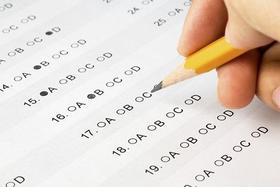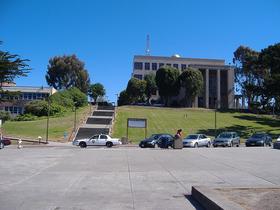School Highlights
Bais Binyomin Academy serves 65 students (100% of students are full-time).
The college's student-teacher ratio of 7:1 is lower than the state community college average of 13:1.
Minority enrollment is 41% of the student body (majority Black and Hispanic), which is less than the state average of 62%.
Quick Facts (2025-26)
- Enrollment: 65 students
- Private-state tuition: $6,300
- Acceptance Rate: 74%
- Student-teacher ratio: 7:1
- Minority enrollment: 41%
- Source: Integrated Postsecondary Education Data System (IPEDS)
Top Rankings
Bais Binyomin Academy ranks among the top 20% of public schools in New York for:
Category
Attribute
Affordability
School Resources
School Overview
The teacher population of 10 teachers has stayed relatively flat over five years.
Bais Binyomin Academy
(NY) Community College Avg.
Carnegie Classification
Not applicable, not in Carnegie universe (not accredited or nondegree-granting)
Baccalaureate/Associate's Colleges: Mixed Baccalaureate/Associate's
Institution Level
Four or more years
At least 2 but less than 4 years
Institution Control
Private not-for-profit
Private not-for-profit
Total Faculty
10 staff
159 staff
Student Body
The student population of Bais Binyomin Academy has grown by 71% over five years.
The student-teacher ratio of 7:1 has increased from 4:1 over five years.
The Bais Binyomin Academy diversity score of 0.49 is less than the state average of 0.76. The school's diversity has grown by 150% over five years.
Total Enrollment
65 students
1,129 students
Student-Teacher Ratio
7:1
13:1
# Full-Time Students
65 students
528 students
# Part-Time Students
n/a
601 students
# Enrollment Undergraduate
65 students
357 students
# Full-Time Undergraduate Students
65 students
519 students
# Full-Time Graduate Students
n/a
44 students
# Part-Time Undergraduate Students
n/a
850 students
# Part-Time Graduate Students
n/a
41 students
Total Dormitory Capacity
n/a
382 students
% Asian
n/a
8%
% Hispanic
n/a
23%
% Black
n/a
18%
% White
59%
38%
% Hawaiian
40%
2%
% Two or more races
n/a
3%
% Non Resident races
1%
3%
% Unknown races
n/a
5%
Diversity Score
0.49
0.76
College Completion Rate (Students who graduate in less than 4 years)
n/a
33%
College Completion Rate (Students who graduate in 4 years or more than 4 years)
10%
40%
Tuition and Acceptance Rate
The private state tuition of $6,300 is less than the state average of $16,503. The private state tuition has declined by 34% over four years.
Private State Tuition Fees
$6,300
$16,503
% Students Receiving Some Financial Aid
100%
88%
Median Debt for Graduates
n/a
$13,841
Median Debt for Dropouts
n/a
$5,500
Acceptance Rate
74%
74%
SAT Reading
n/a
475
SAT Math
n/a
505
SAT Writing
n/a
485
ACT Composite
n/a
20
ACT English
n/a
18
ACT Math
n/a
20
Source: 2024 (or latest year available) Integrated Postsecondary Education Data System (IPEDS)
Frequently Asked Questions
How much does Bais Binyomin Academy cost?
Bais Binyomin Academy's private state tuition is approximately $6,300.
What is the acceptance rate of Bais Binyomin Academy?
The acceptance rate of Bais Binyomin Academy is 74%, which is equal to the state average of 74%.
What is Bais Binyomin Academy's ranking?
Bais Binyomin Academy ranks among the top 20% of community college in New York for: Least expensive tuition and Percent of students receiving financial aid.
Recent Articles
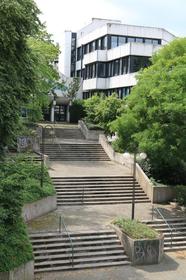
Community Colleges: A to Z – 2025 Guide
Explore the A–Z of community colleges in 2025: programs, affordability, pathways, and innovations for educators and parents.
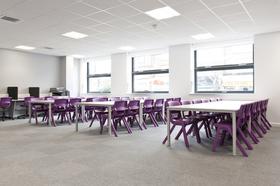
Community College vs. Dual Enrollment 2025
Compare community college and dual enrollment in 2025. A parent’s guide to affordability, transfer credits, and student success pathways.
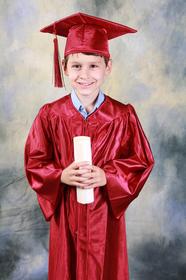
Will My Child’s Credits Transfer? Parent’s 2025 Guide
Learn how to ensure your child’s credits transfer in 2025. A parent’s guide to transfer policies, pitfalls, and planning for success.

